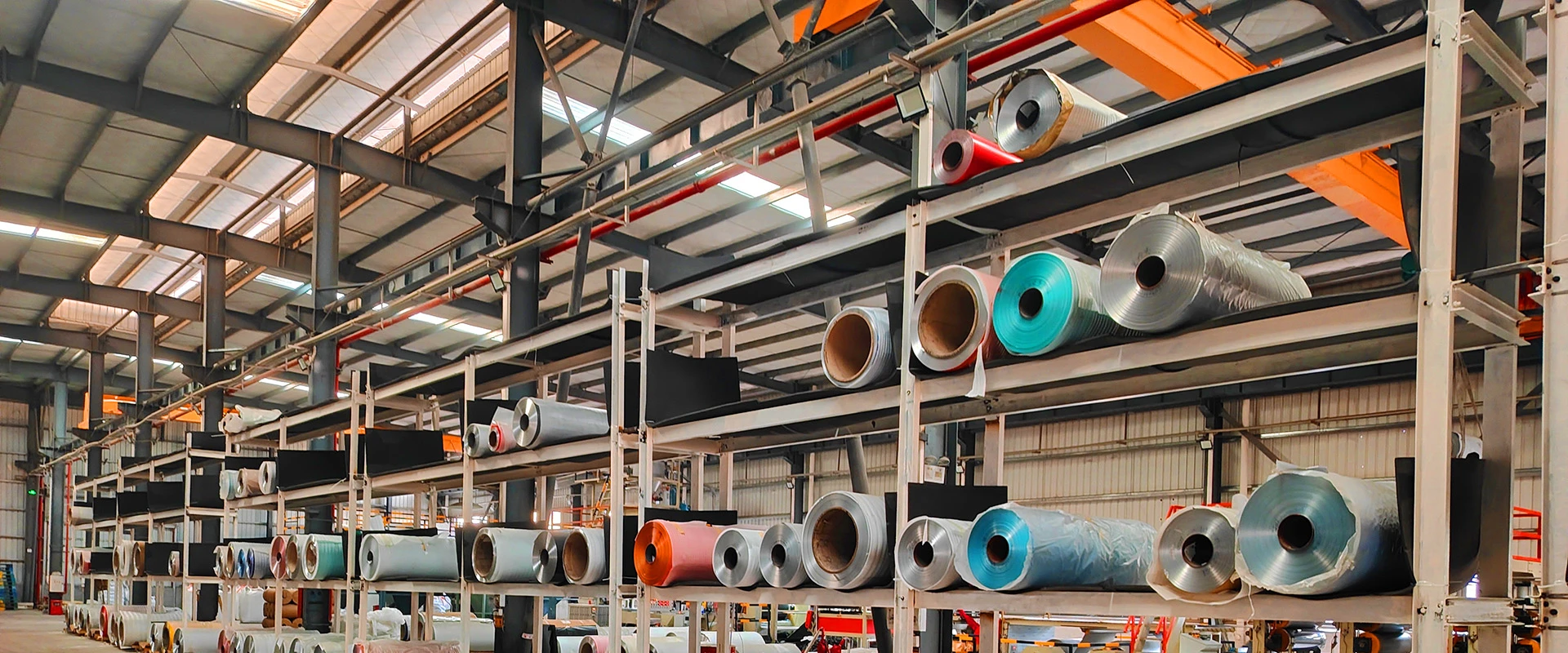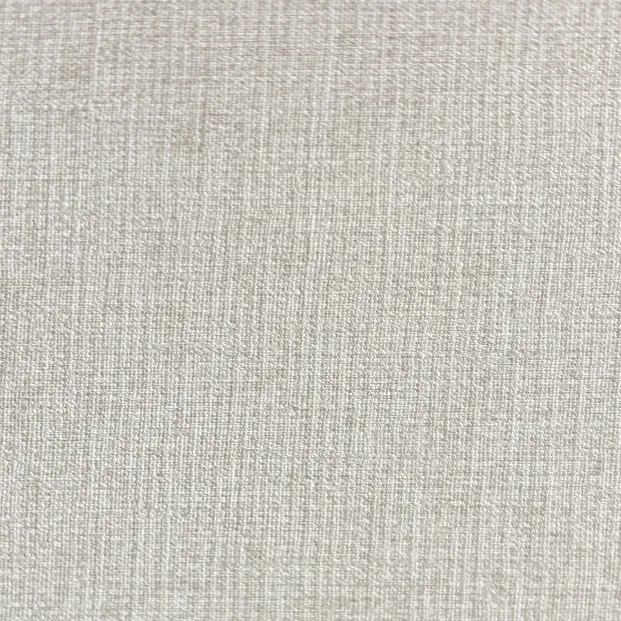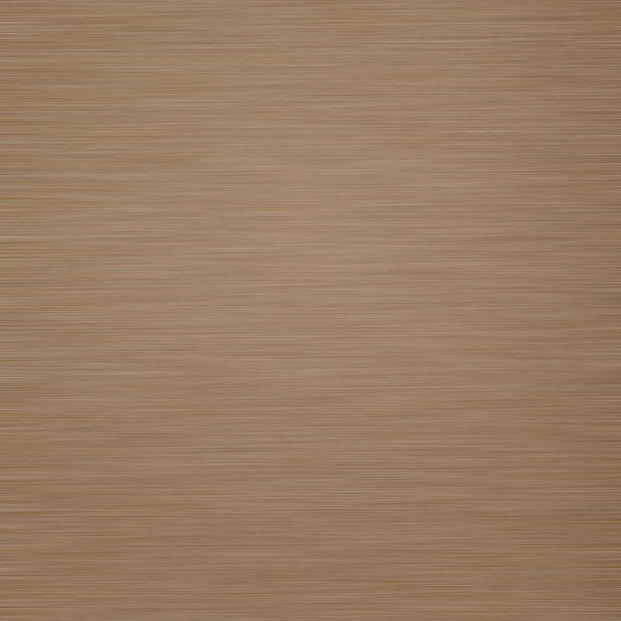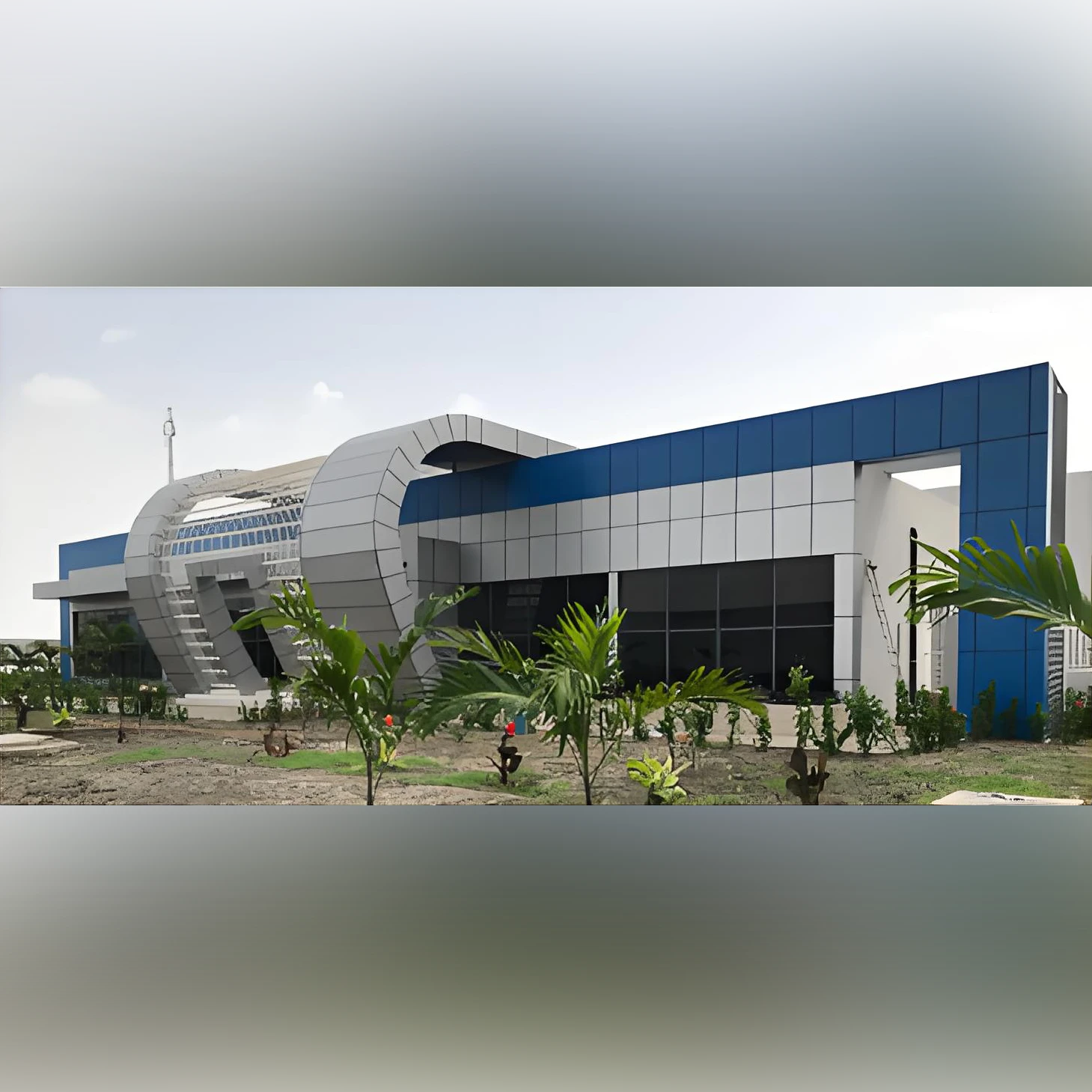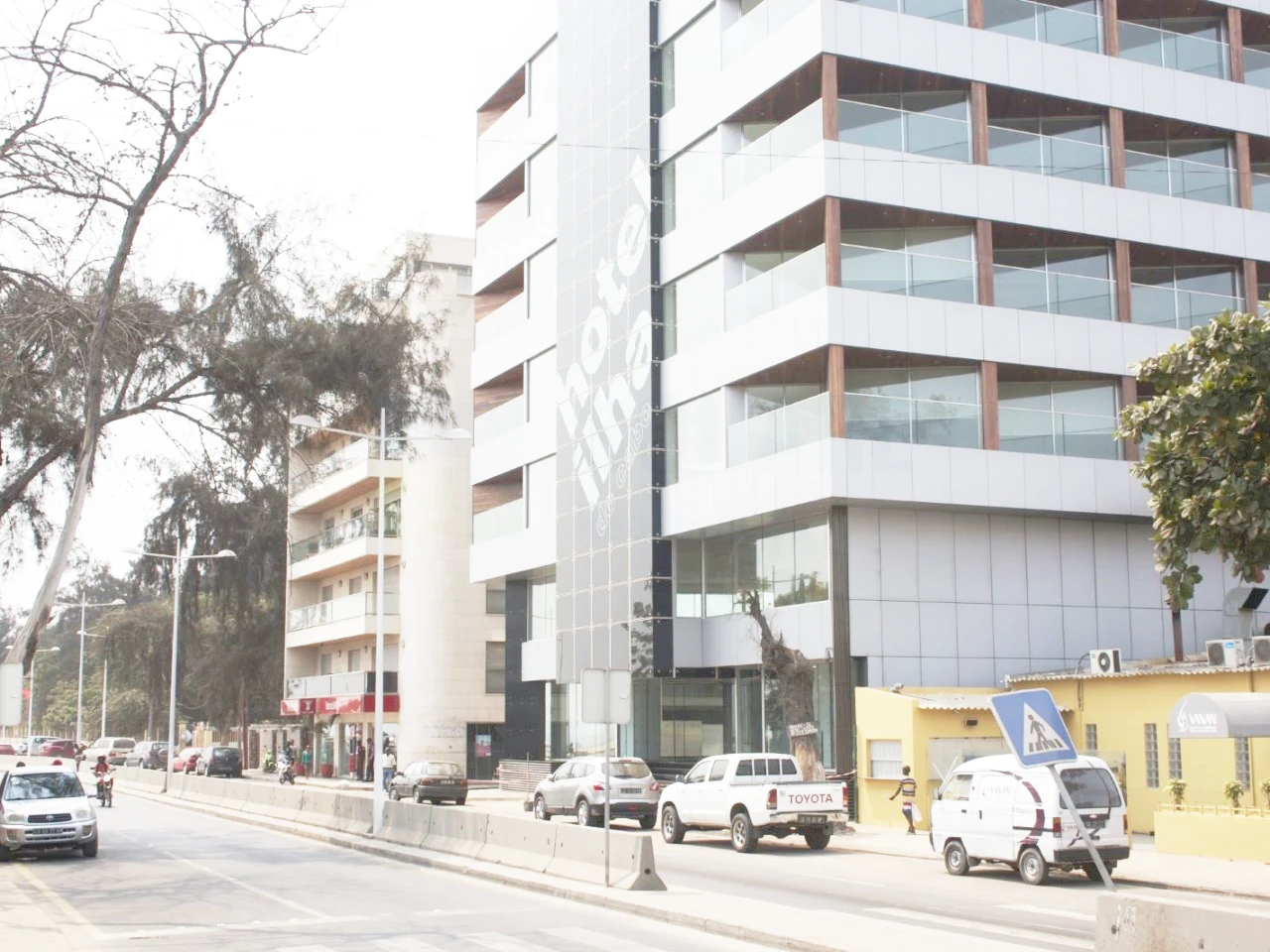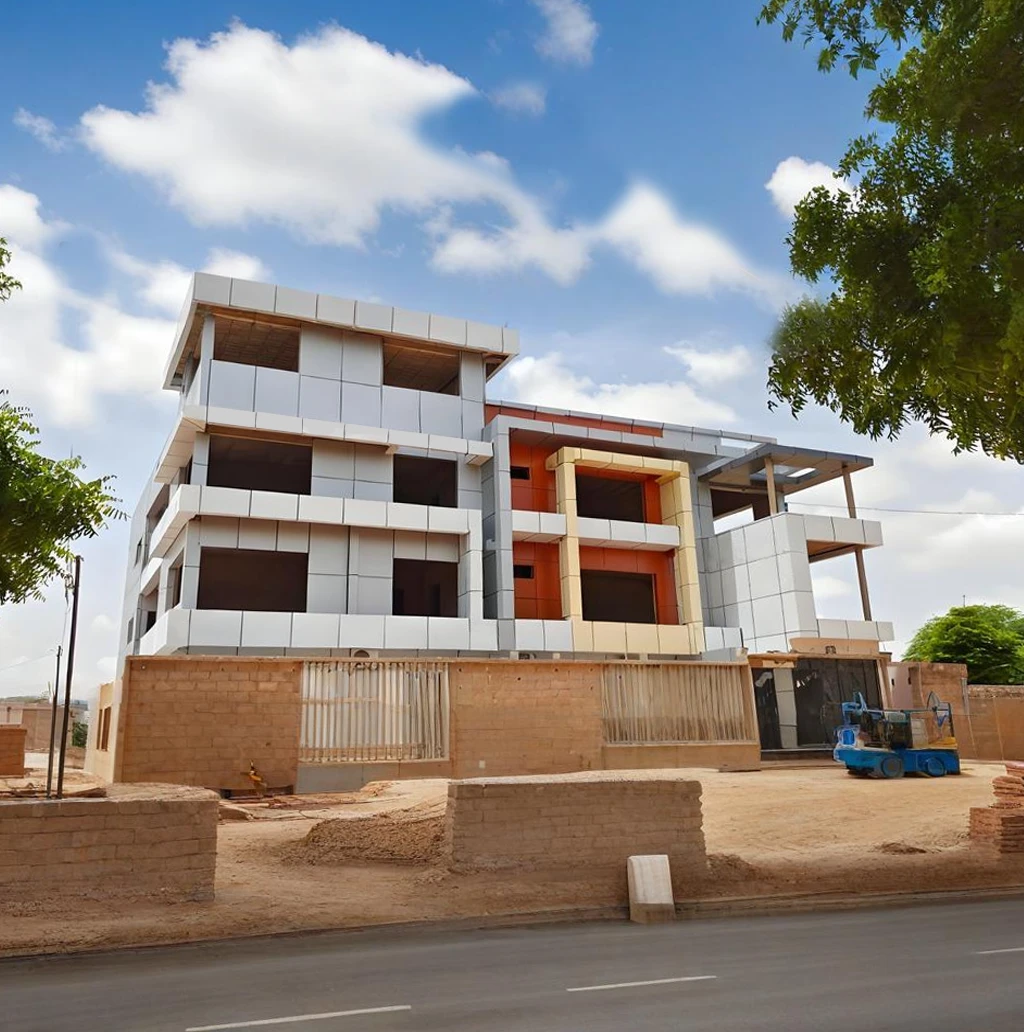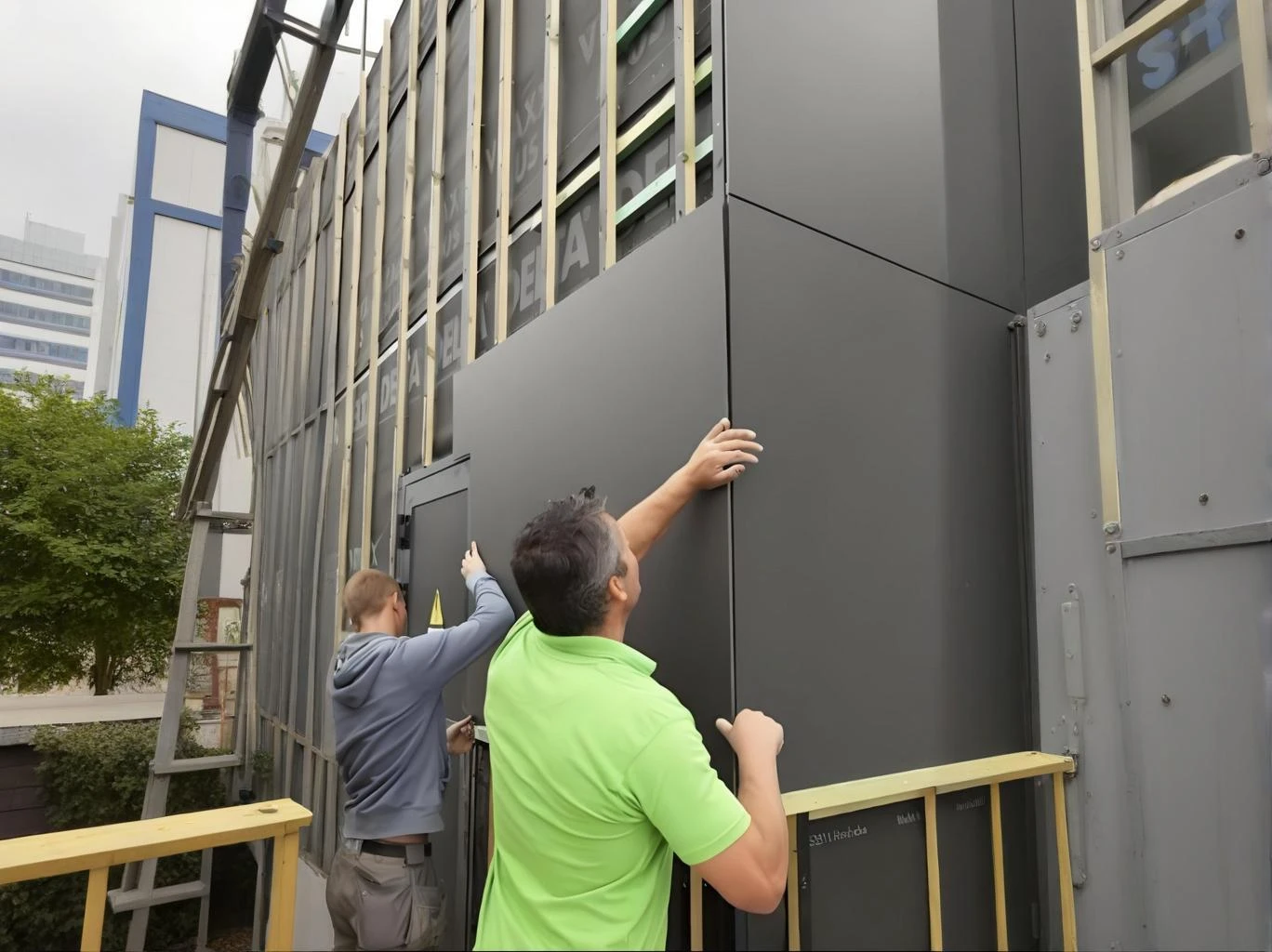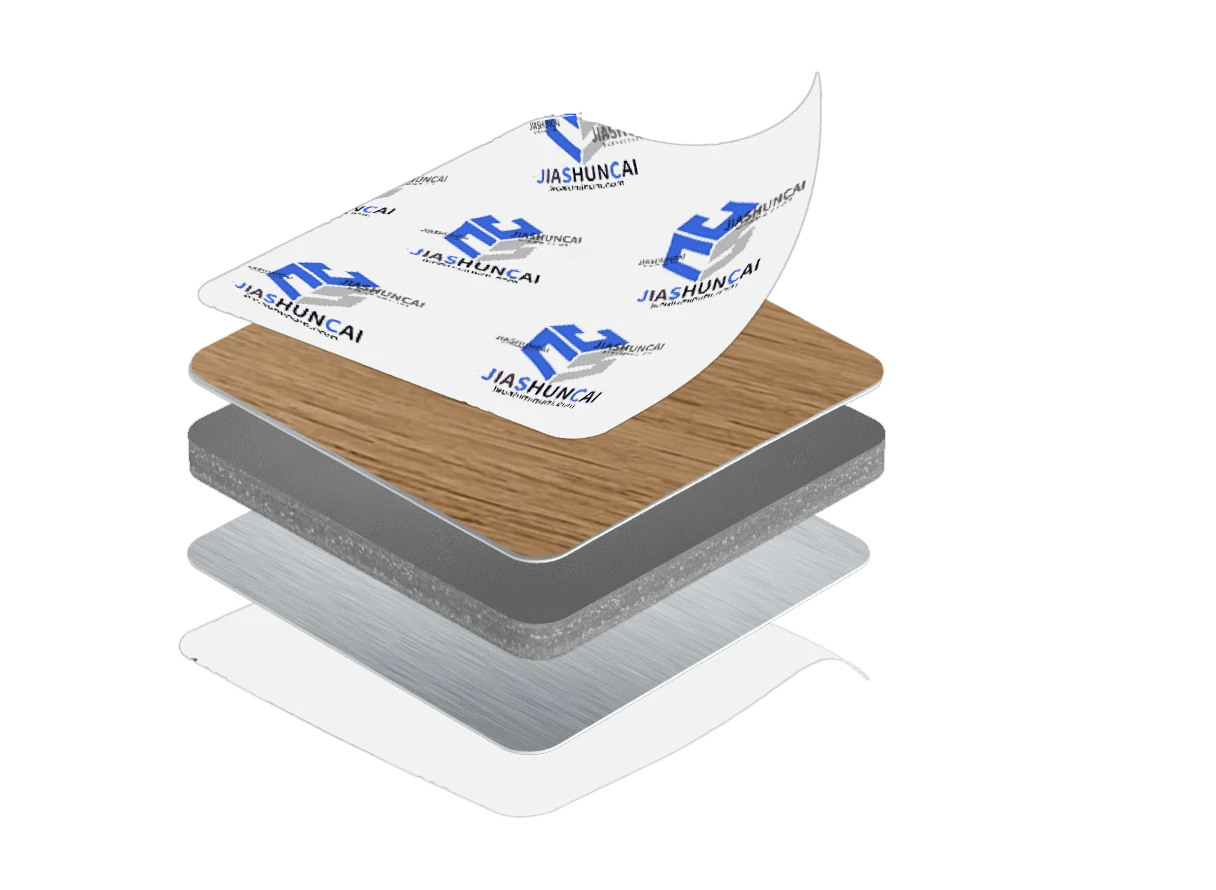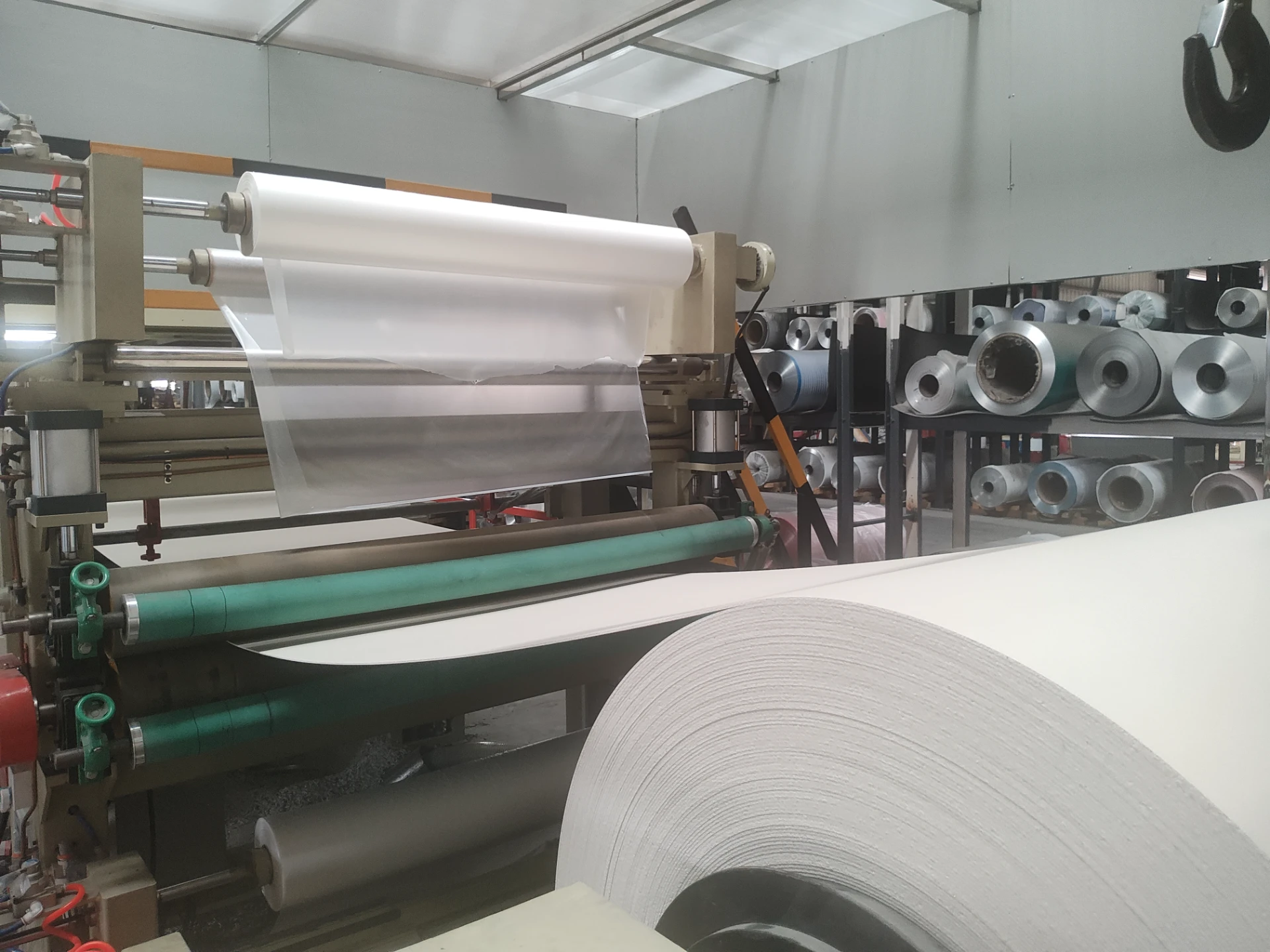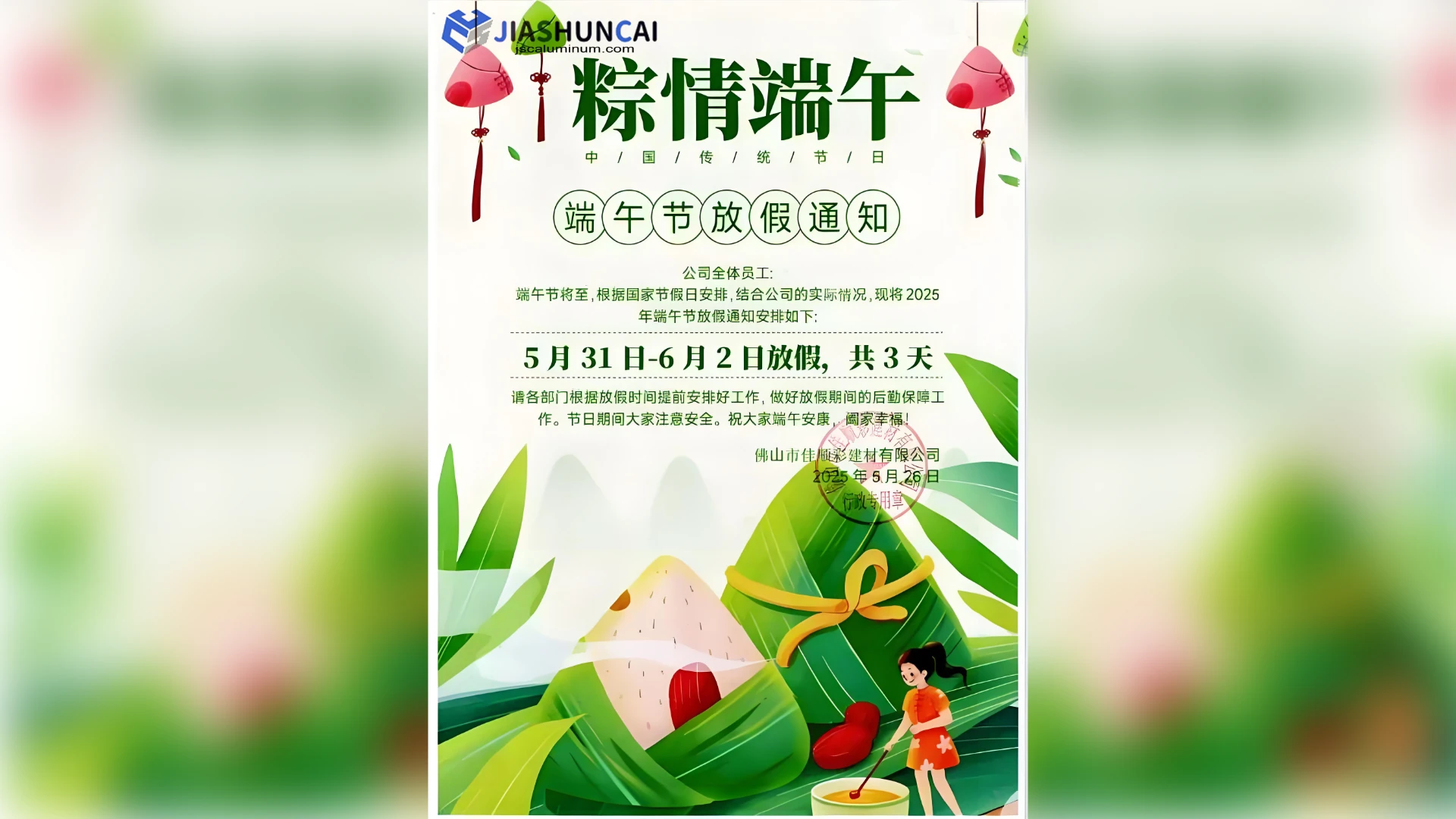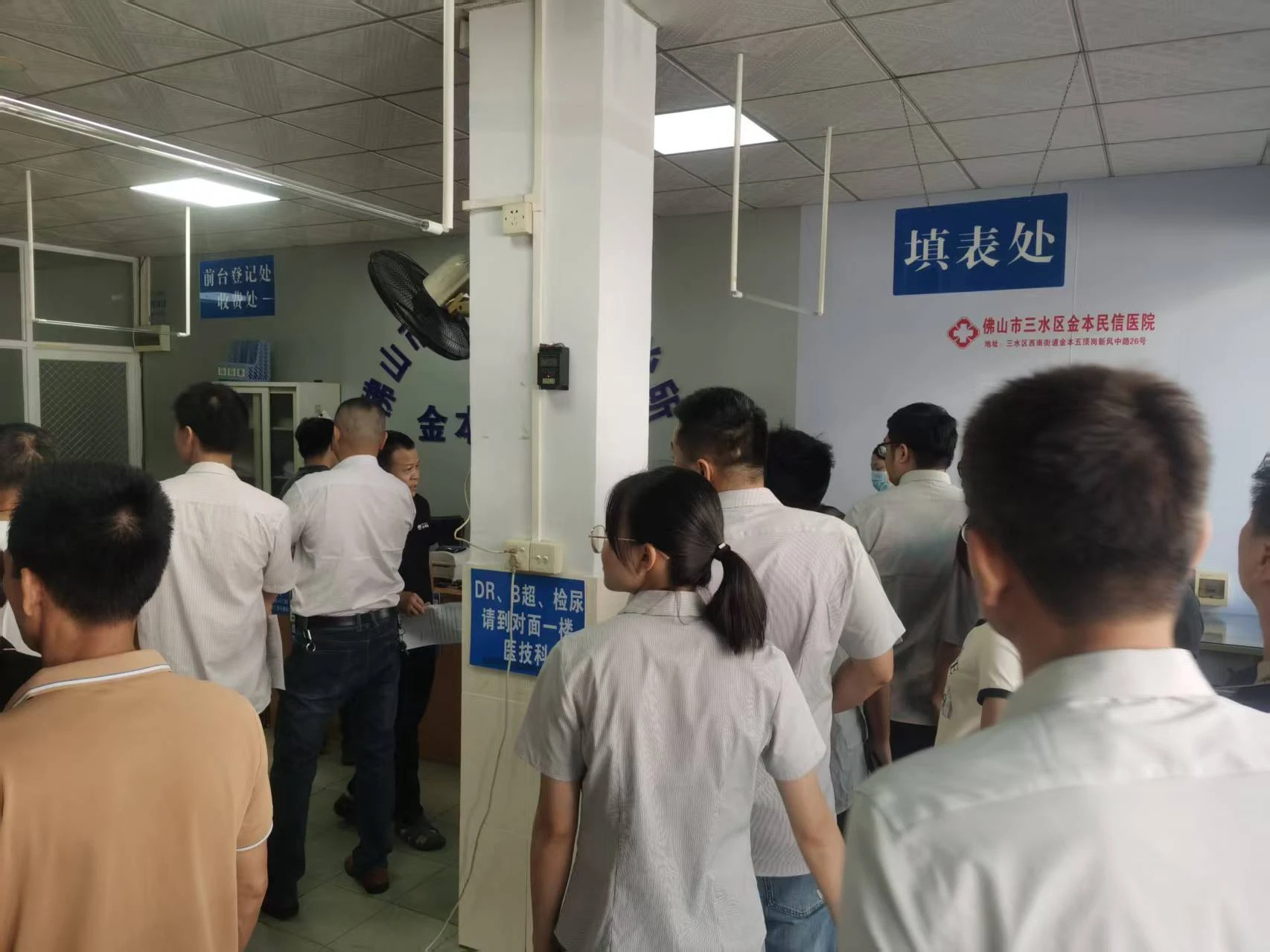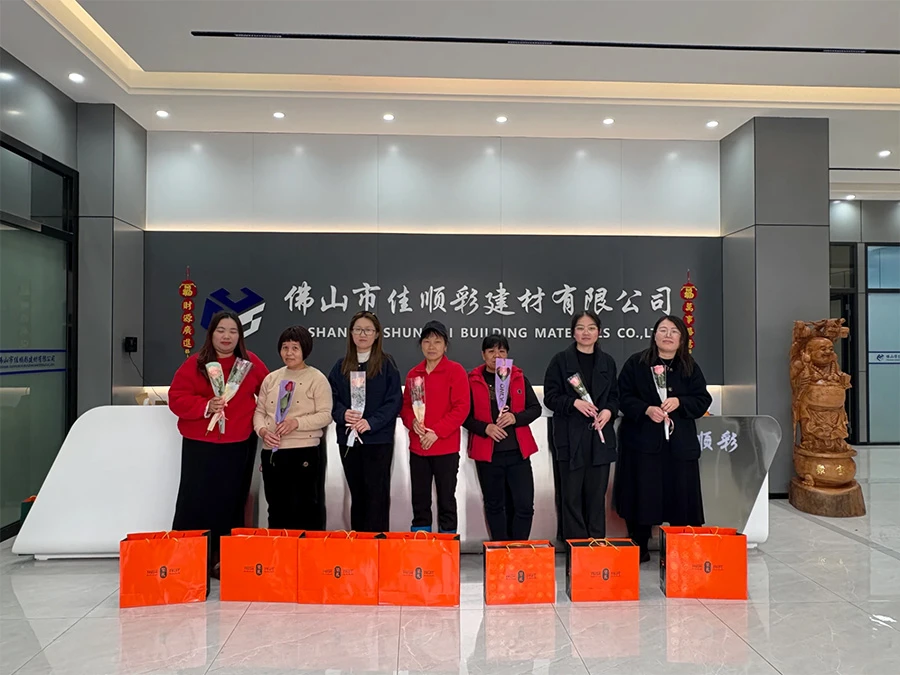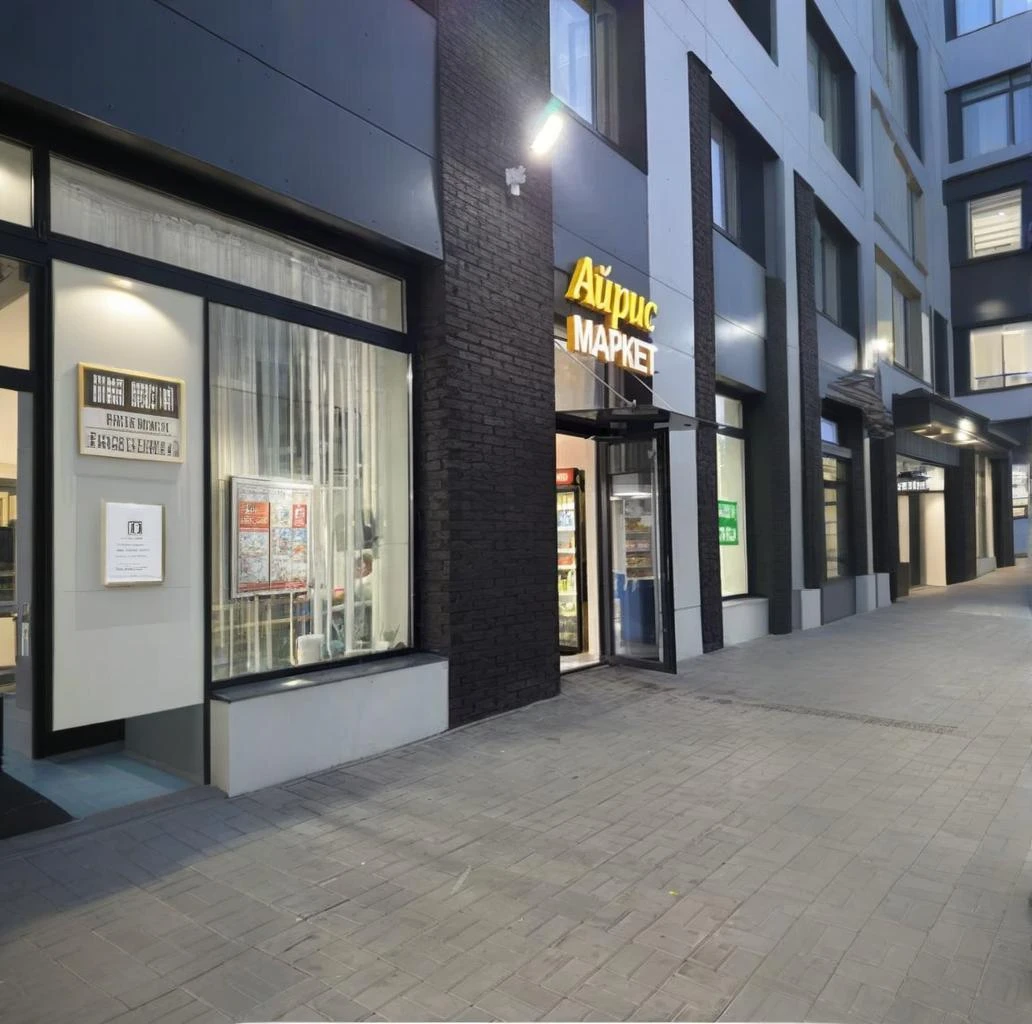Product Details
Visual Language Characteristics
Healing Effect of Low Saturation Tones:
The gray tone of light gray linen fabric lies between cool gray and warm beige, presenting a soft visual neutrality that can balance the cold and warm contrasts of a space while creating a tranquil and soothing atmosphere. For example, using a light gray linen sofa with beige wall fabric in the living room can soften the harshness of industrial materials and add warmth to the space.
Detailed Narrative of Natural Texture:
The unique weaving texture of linen creates a 'semi-matte' surface effect through its tactile relief and interaction with light and shadow. This texture can mimic the ruggedness of natural materials while avoiding visual clutter through the restraint of light gray tones, often used in modern wabi-sabi or Nordic styles to convey a sense of simplicity.
Dynamic Expression of Light and Shadow Interaction:
Light gray linen fabric has a low light reflectance, creating a soft diffused lighting effect. For instance, when paired with hidden LED strips, the pleats of the fabric on the wall will produce subtle shadows as the light angle changes, enhancing the spatial depth.
Spatial Language Expression
Reconstruction of Layers and Boundaries:
Soft Dividers: Using fabric curtains to divide functional areas, such as hanging light gray linen sheers between the living room and balcony, maintains transparency while defining space boundaries through material contrast.
Material Collision: Pairing light gray linen fabric with metal or stone creates a 'soft-hard' dialogue. For example, matte metal frame chairs covered with linen cushions retain industrial aesthetics while improving tactile comfort.
Space Expansion and Emotional Guidance:
The visual extension of light gray tones can expand the perceived scale of small spaces. For example, using light gray linen hard-wrapped walls in small apartments, paired with matching color carpets, creates a continuous 'light space' effect, avoiding a cramped feeling. Additionally, low saturation tones help reduce visual fatigue, suitable for focused or relaxing environments like study rooms or bedrooms.
Medium Transformation for Style Narratives:
Modern Minimalism: Using large areas of light gray linen fabric walls to unify the color scheme, paired with hidden storage cabinets, achieves a 'decoration-free' pure space.
New Chinese Aesthetic: Replacing traditional wooden partitions with light gray linen screens, simplified textures echo the blank beauty of ink wash paintings.
Typical Application Scenarios:
Residential Living Space Living Room: Light gray linen sofa paired with matching color carpet, complemented by green plants and wooden furniture, creating a natural healing social core area.
Bedroom: The headboard uses light gray linen, harmonizing with linen bedding to enhance the tranquility of the sleeping space.
Commercial and Public Spaces Exhibition and Hotel: Partial use of linen hard-wrapped walls, combined with spotlights focusing on display areas, creating a subdued luxury feel.
Office Space: Conference room seats covered in light gray linen, using the tactile softness to alleviate meeting tension.
Combination and Construction Suggestions
Color Combinations: When choosing light gray linen as the main color, accents of dark gray, forest green, or terracotta can be added to enhance visual tension through contrast.
Process Optimization: Fabric walls should have a pre-installed base board and moisture-proof treatment, with seams either tightly joined or embedded with metal strips to improve durability.
Summary: Light gray linen fabric, through the synergy of color restraint and natural texture, becomes a key design language bridging modern rationality and natural sensibility. Its visual expression balances healing and sophistication, while its spatial application flexibly adapts to various style scenarios, particularly suitable for minimalist projects that emphasize 'less is more' or eco-designs focused on sustainability.

